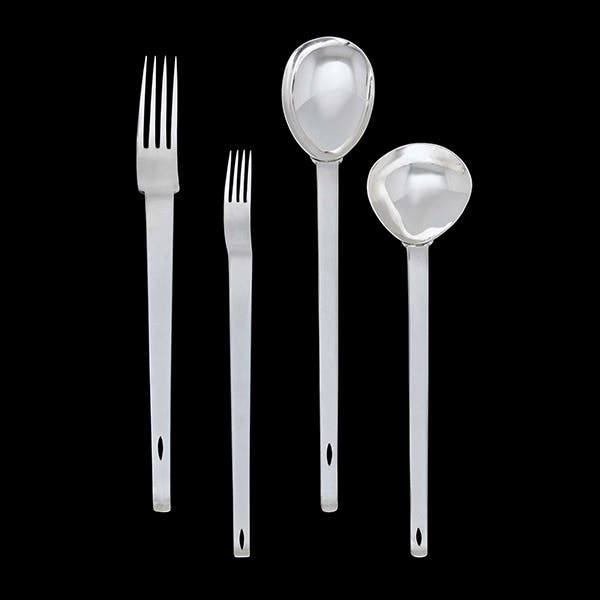Ten Things You Didn’t Know: Johannes Spitler
The current auction record for a Spitler-decorated item, which was set in 2004, is nearly $1 million. Antoinette Rahn compiles a list of little-known facts regarding the life and work of Johannes Spitler (1774-1837).
1 An unusual practice among folk artists of the time, Johannes Spitler (1774-1837) initialed and numbered the things he created. This has allowed researchers to more easily establish a catalog of his work, while also authenticating pieces truly decorated by Spitler.
2 Despite first making his home in a Mennonite community in Shenandoah County, Va., and then moving to rural Ohio, his works challenged the perception of what a “rural artist” represented.
3 Spitler’s work often included themes commonly seen in German-American culture and art, but the designs were also a mix of traditional and modern aesthetics. At times he would incorporate the same element/design in various items constructed within the same year.
4 With few pieces by this renowned furniture decorator actually crossing the auction block, when one does, there is much interest. Such was the case June 20, 2015, during an Americana and Fine Antiques Auction presented by Jeffrey S. Evans & Associates. A yellow pine blanket chest decorated by Spitler, circa 1800, claimed top lot and set an auction record for the sale of a Spitler chest, when it sold for $356,500. The chest had been in the same family for six generations.
5 In creating the uniquely progressive designs he is known for, research reveals that the colors often seen in his work (rich blue, red ochre, lampblack, white lead pigments) were available, but limited in access. Consistent use of these colors, along with stencils and templates, are hallmarks of one of Spitler’s reported decorating styles. His was a much more modern approach to craftsmanship than was normally seen within early art of that region.
6 Examples of Spitler’s work, which mostly included blanket chests and some clocks, are on
exhibition in various museums across the U.S. As part of the Museum of the Shenandoah Valley’s 10th anniversary celebration, a dynamic Spitler-decorated chest, circa 1800-1809, acquired by the museum in 2012, is among the 50 items featured in a special exhibition. The collection is currently on display through May 2016. Learn more: bit.ly/AT10Thngs091615
7 One mystery that continues to pique the interest of historians, collectors, museum curators and nearly anyone familiar with Spitler’s work, is why the acclaimed young folk artist ceased to continue his work once his family moved west to Ohio, in 1809. Research shows that although he created a few pieces related to the Ohio region in which he lived and farmed, it was considerably less than the rate of 25 projects per year he was producing while in Virginia.
8 One of the first documented examinations of Spitler’s work was an article by Donald Walters, “Johannes Spitler, Shenandoah County, Virginia, Furniture Decorator,” which appeared in The Magazine Antiques, in October 1975. Author and decorative arts scholar Elizabeth Davison is reportedly currently in the process of researching and writing a book about Spitler and his work.
9 A Spitler blanket chest, circa 1797, sparked a bit of an online family reunion, when a curator with the Winterthur Museum, Garden & Library in Wilmington, Del., penned the blog post “The Chest of Many Mysteries” about the gift to the museum. In the comments section of the post, four different people shared notes about their ancestral connection to Spitler.
10 The Spitler blanket chest that set a record at auction earlier this summer wasn’t the first time Jeffrey S. Evans & Associates assisted with a record-setting sale of Spitler folk art. In 2004, the Mt. Crawford, Va., auction house presented at auction a yellow pine hanging cupboard, circa 1800, decorated by Spitler. The piece went on to sell for $962,500, and currently holds the record for auction-sold American folk art paint-decorated furniture. Impressed with the design of this important example of Spitler’s work, Jeffrey S. Evans & Associates incorporated a design element from the hanging cupboard into the company’s logo.
Sources: Donald Walters — “Johannes Spitler: Shenandoah County, Virginia, Furniture Decorator,” The Magazine Antiques, Vol. 108, No. 4 (October 1975), Selftaughtgenius.org; www.museumblog.winterthur.org; www.themsv.org; Jeffrey S. Evans & Associates; www.elizabethadavison.com.








